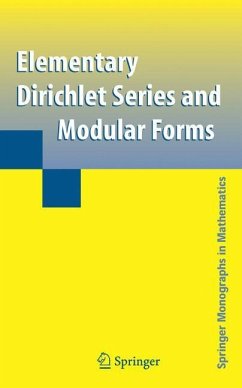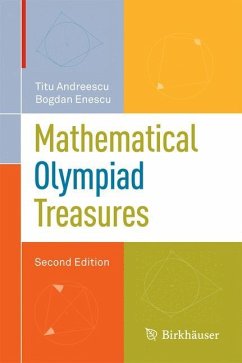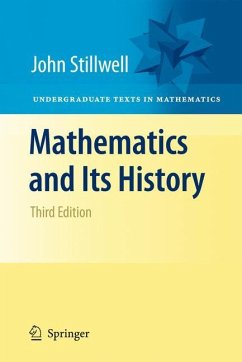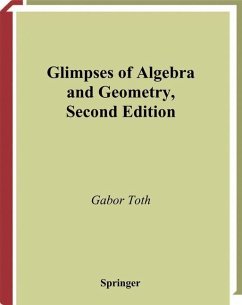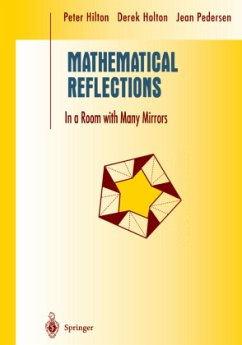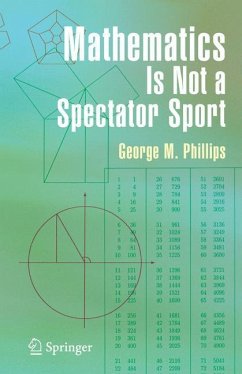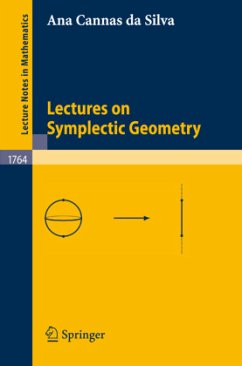Nicht lieferbar
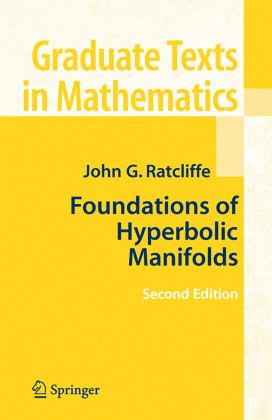
Foundations of Hyperbolic Manifolds
Versandkostenfrei!
Nicht lieferbar
Weitere Ausgaben:
This book is an exposition of the theoretical foundations of hyperbolic manifolds. It is intended to be used both as a textbook and as a reference. The reader is assumed to have a basic knowledge of algebra and topology at the first year graduate level of an American university. The book is divided into three parts. The first part, Chapters 1-7, is concerned with hyperbolic geometry and discrete groups. The second part, Chapters 8-12, is devoted to the theory of hyperbolic manifolds. The third part, Chapter 13, integrates the first two parts in a development of the theory of hyperbolic orbifolds. There are over 500 exercises in this book and more than 180 illustrations
This book is an exposition of the theoretical foundations of hyperbolic manifolds. It is intended to be used both as a textbook and as a reference.
The book is divided into three parts. The first part is concerned with hyperbolic geometry and discrete groups. The main results are the characterization of hyperbolic reflection groups and Euclidean crystallographic groups. The second part is devoted to the theory of hyperbolic manifolds. The main results are Mostow's rigidity theorem and the determination of the global geometry of hyperbolic manifolds of finite volume. The third part integrates the first two parts in a development of the theory of hyperbolic orbifolds. The main result is Poincare«s fundamental polyhedron theorem.
The exposition if at the level of a second year graduate student with particular emphasis placed on readability and completeness of argument. After reading this book, the reader will have the necessary background to studythe current research on hyperbolic manifolds.
The second edition is a thorough revision of the first edition that embodies hundreds of changes, corrections, and additions, including over sixty new lemmas, theorems, and corollaries. The new main results are Schl¬afli's differential formula and the $n$-dimensional Gauss-Bonnet theorem.
John G. Ratcliffe is a Professor of Mathematics at Vanderbilt University.
The book is divided into three parts. The first part is concerned with hyperbolic geometry and discrete groups. The main results are the characterization of hyperbolic reflection groups and Euclidean crystallographic groups. The second part is devoted to the theory of hyperbolic manifolds. The main results are Mostow's rigidity theorem and the determination of the global geometry of hyperbolic manifolds of finite volume. The third part integrates the first two parts in a development of the theory of hyperbolic orbifolds. The main result is Poincare«s fundamental polyhedron theorem.
The exposition if at the level of a second year graduate student with particular emphasis placed on readability and completeness of argument. After reading this book, the reader will have the necessary background to studythe current research on hyperbolic manifolds.
The second edition is a thorough revision of the first edition that embodies hundreds of changes, corrections, and additions, including over sixty new lemmas, theorems, and corollaries. The new main results are Schl¬afli's differential formula and the $n$-dimensional Gauss-Bonnet theorem.
John G. Ratcliffe is a Professor of Mathematics at Vanderbilt University.






